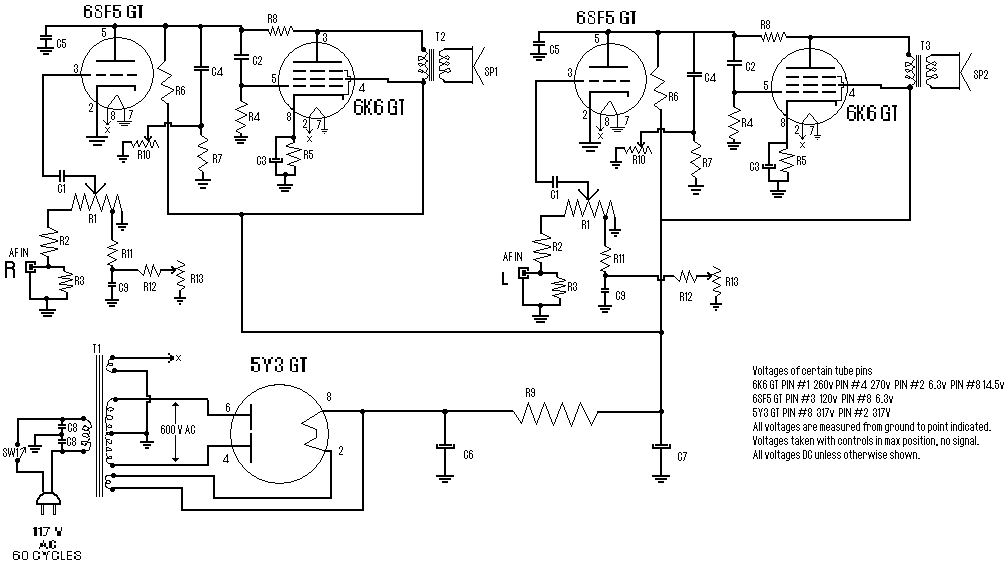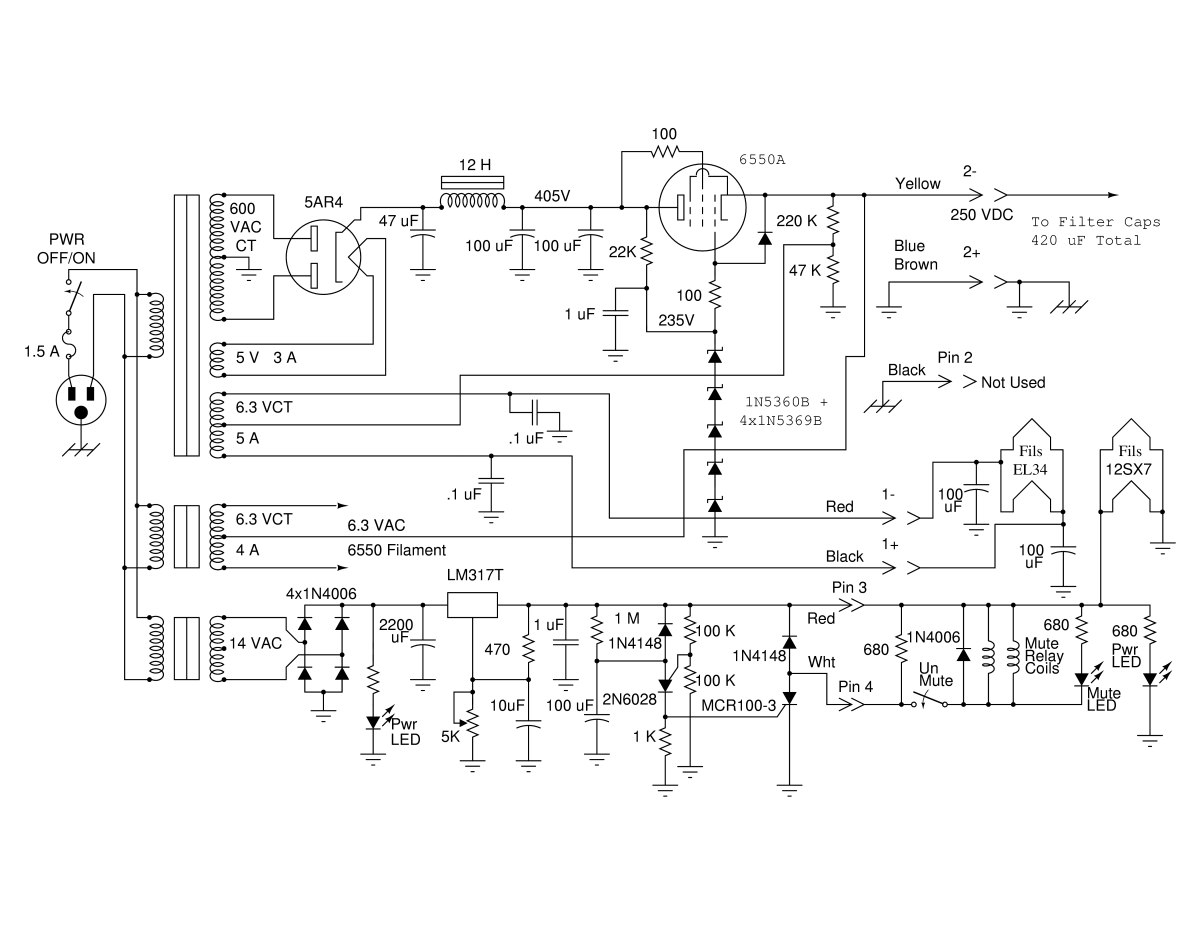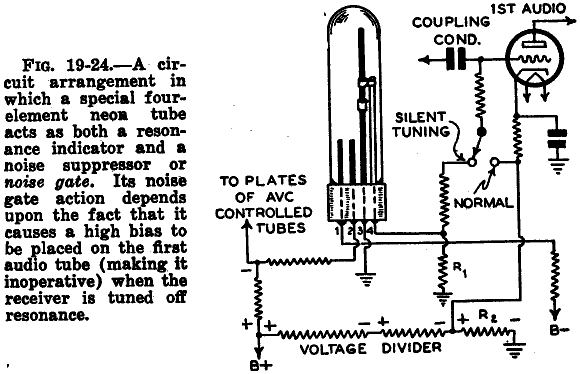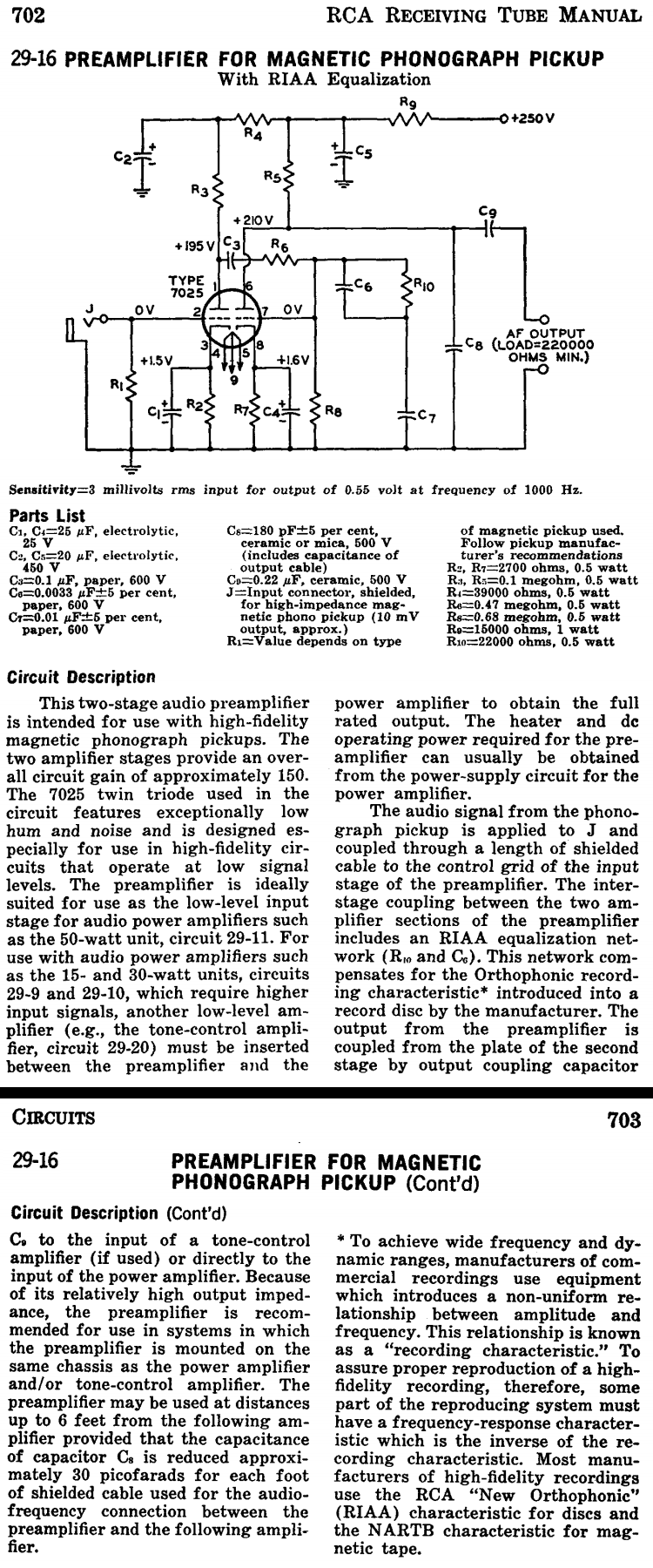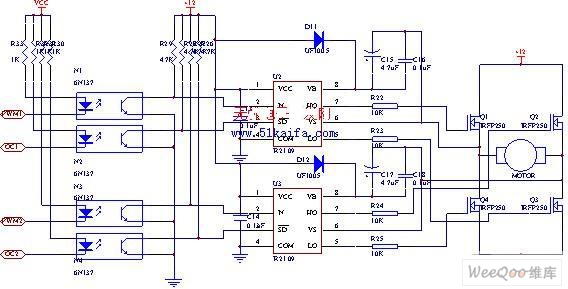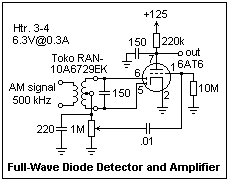
Gray Tube Replication 74
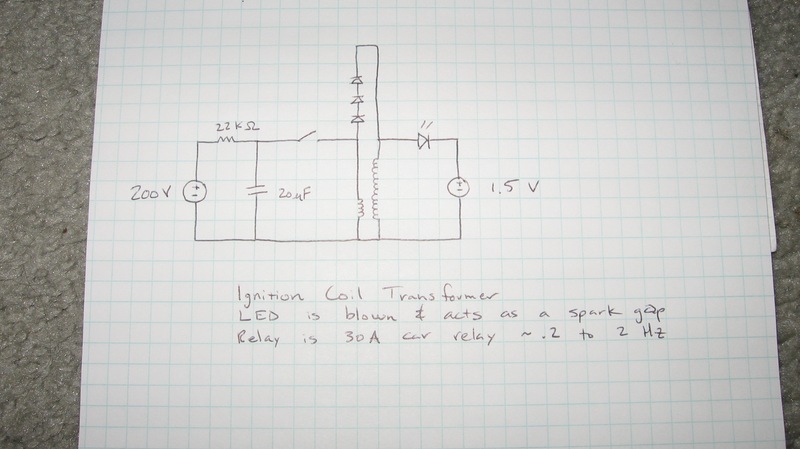
Geotron, I have damaged a few components myself. What type of bridge do you have connected to it? When I used a 1kV bridge made from four 6A100 diodes, I encountered issues.
In this context, the discussion revolves around the use of a bridge rectifier circuit, specifically a 1kV configuration utilizing four 6A100 diodes. A bridge rectifier is an essential component in power electronics, converting alternating current (AC) to direct current (DC). The design typically consists of four diodes arranged in a bridge configuration, allowing for full-wave rectification.
The 6A100 diodes are rated for a maximum reverse voltage of 1000V and a forward current of 6A. When designing a bridge rectifier with these components, it is crucial to ensure that the voltage and current ratings are not exceeded during operation to prevent thermal failure or damage to the diodes.
In the case of the mentioned issues, potential causes could include insufficient heat dissipation, leading to thermal runaway, or exceeding the peak inverse voltage (PIV) rating of the diodes during operation. It is advisable to implement adequate heat sinks and thermal management strategies to maintain diode performance within safe limits.
Furthermore, it is important to consider the input AC voltage and the load characteristics connected to the rectifier. Any fluctuations or spikes in the input voltage can lead to unexpected behavior and potential component failure. Protective elements such as fuses or circuit breakers can be integrated into the design to enhance reliability and safety.
In summary, careful consideration of component ratings, thermal management, and protective measures is essential when designing and implementing a bridge rectifier circuit with 6A100 diodes to ensure reliable operation and prevent damage.Geotron, I`ve fried a few mots myself. What kind of bridge do you have leaving it? When I had just a 1kv bridge made from four 6a100`s, I had problems .. 🔗 External reference
In this context, the discussion revolves around the use of a bridge rectifier circuit, specifically a 1kV configuration utilizing four 6A100 diodes. A bridge rectifier is an essential component in power electronics, converting alternating current (AC) to direct current (DC). The design typically consists of four diodes arranged in a bridge configuration, allowing for full-wave rectification.
The 6A100 diodes are rated for a maximum reverse voltage of 1000V and a forward current of 6A. When designing a bridge rectifier with these components, it is crucial to ensure that the voltage and current ratings are not exceeded during operation to prevent thermal failure or damage to the diodes.
In the case of the mentioned issues, potential causes could include insufficient heat dissipation, leading to thermal runaway, or exceeding the peak inverse voltage (PIV) rating of the diodes during operation. It is advisable to implement adequate heat sinks and thermal management strategies to maintain diode performance within safe limits.
Furthermore, it is important to consider the input AC voltage and the load characteristics connected to the rectifier. Any fluctuations or spikes in the input voltage can lead to unexpected behavior and potential component failure. Protective elements such as fuses or circuit breakers can be integrated into the design to enhance reliability and safety.
In summary, careful consideration of component ratings, thermal management, and protective measures is essential when designing and implementing a bridge rectifier circuit with 6A100 diodes to ensure reliable operation and prevent damage.Geotron, I`ve fried a few mots myself. What kind of bridge do you have leaving it? When I had just a 1kv bridge made from four 6a100`s, I had problems .. 🔗 External reference
